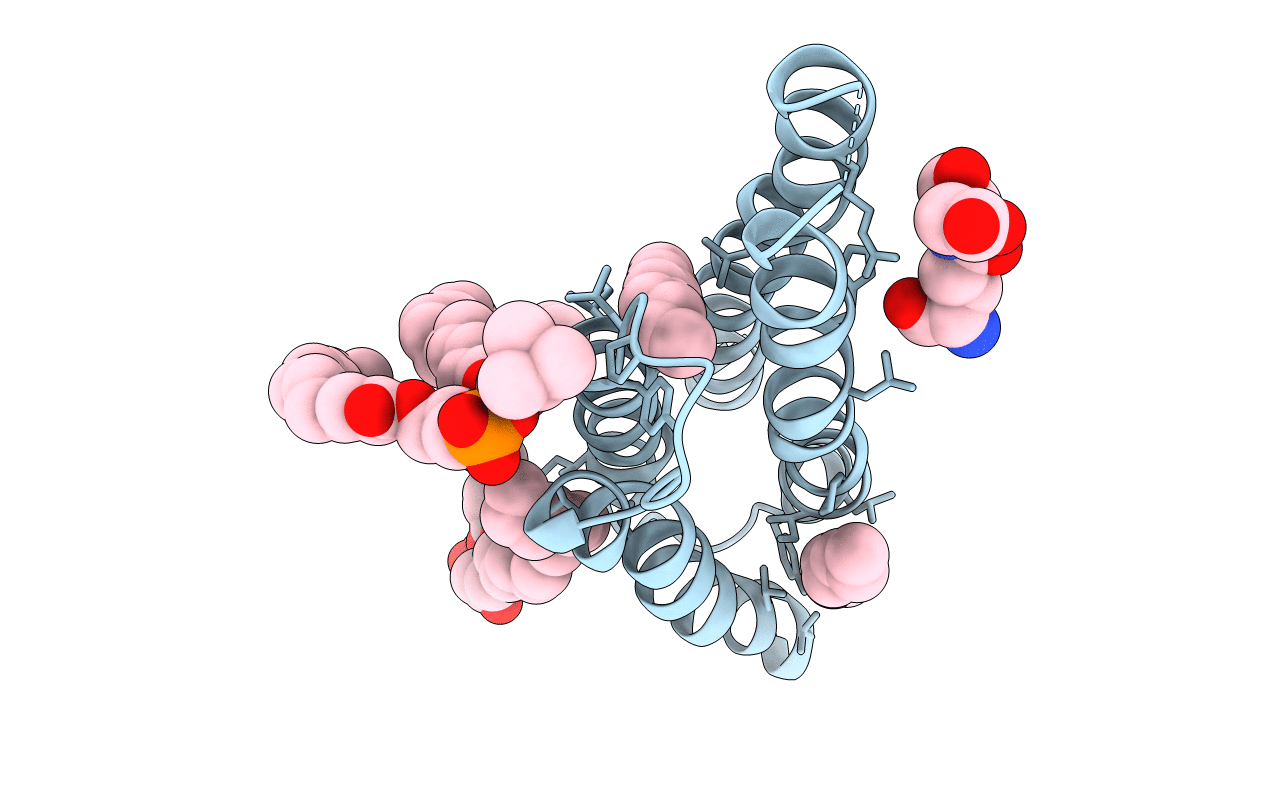
Deposition Date
2016-02-20
Release Date
2017-07-12
Last Version Date
2025-05-07
Method Details:
Experimental Method:
Resolution:
3.50 Å
R-Value Free:
0.28
R-Value Work:
0.26
R-Value Observed:
0.27
Space Group:
P 6


